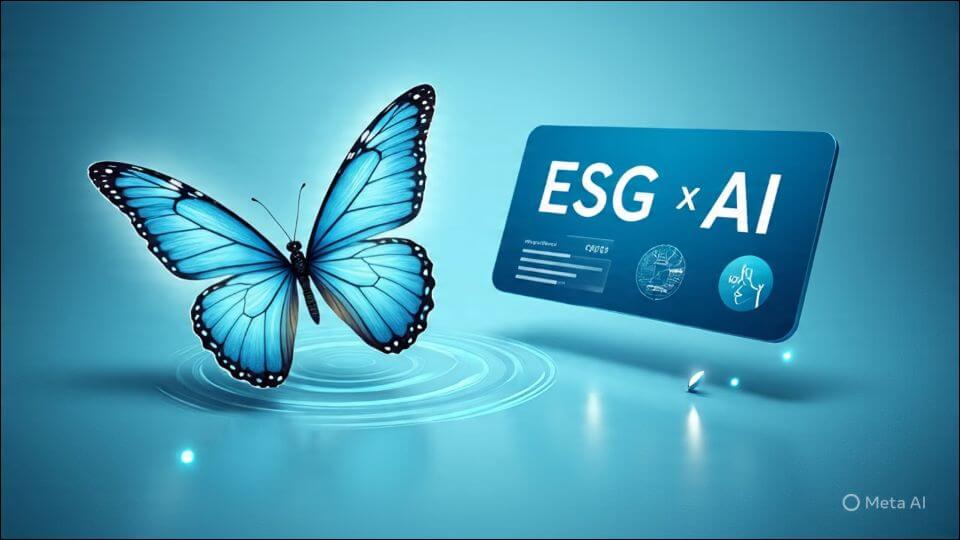In the Philippines, innovation doesn’t always come from billion-peso labs or Silicon Valley-style startups. Sometimes, it starts in a bahay kubo—with a sari-sari store owner tracking inventory on a recycled phone, or a public school teacher building a chatbot tutor with zero coding experience.
This is Filipino ingenuity in the age of AI. And it’s rewriting the rules.
🛠️ Diskarte Meets Data
Filipinos have always been known for diskarte—that clever, resourceful way of solving problems with whatever’s available. Now, that same spirit is being applied to artificial intelligence.
- In Pampanga, students built AI-powered apps to teach social etiquette and engage with Filipino heroes
- In Mindanao, researchers developed AI tools to monitor floods and map crops using satellite data
- In Manila, entrepreneurs are using voice AI to create authentic Filipino accents for branding and storytelling
These aren’t just tech demos. They’re real solutions, built by real people, for real problems.
And behind every solution is data—the new currency of innovation. As explored in Data Is the New Oil, Filipino creators must learn to treat data not just as fuel, but as a resource to be protected, refined, and ethically used.
🧠 AI Literacy Without the Jargon
You don’t need to be a programmer to use AI. That’s the message behind the National AI Prompt Design Challenge, where over 500 Filipinos learned how to build no-code AI tools—from productivity bots to personalized tutors.
The goal? Make AI accessible, not intimidating.
- Farmers using AI to predict harvests
- Teachers customizing lessons with chatbot assistants
- MSMEs automating inventory and customer service
This is what the Department of Science and Technology calls “Capability-as-a-Service”—giving Filipinos the skills, not just the software.
🧭 Bayanihan in the Cloud
Filipino collaboration is also going digital. Platforms like DIMER (Democratized Intelligent Model Exchange Repository) let users share pre-trained AI models for flood detection, traffic optimization, and more.
It’s like a palengke for AI—where everyone can contribute, remix, and deploy tools without needing expensive infrastructure.
And it’s not just for scientists. Grassroots communities are using these models to:
- Monitor crop health
- Track urban development
- Respond to disasters faster
This is bayanihan, powered by machine learning.
🎨 Imperfect, Joyful, Filipino
In a world chasing sleek perfection, Filipino AI has a different flavor: joyful imperfection.
- Chatbots that speak in Taglish
- Interfaces designed for low-bandwidth barangays
- AI tutors that teach with humor and empathy
This isn’t just localization—it’s cultural design. And it’s what makes Filipino AI stand out.
But design must also be responsible. As explored in ESG and the Butterfly Effect, even small design choices—like who gets access, how data is stored, or what language is prioritized—can ripple outward, shaping trust, equity, and sustainability.
🐾 Final Thought
Filipino ingenuity has always thrived in constraint. Now, with AI, it’s thriving in possibility.
From bahay kubo to bytecode, the future isn’t just being built in boardrooms—it’s being shaped in classrooms, sari-sari stores, and community centers.
And maybe, just maybe, the next big thing in AI won’t come from Silicon Valley. It’ll come from a Filipino with diskarte.
📚 Sources
- DOST-ASTI – SkAI-Pinas 3rd Congress Champions Inclusive Innovation
- Daily Guardian – Building AI Literacy in the Philippines One Prompt at a Time
- Philippines Graphic – AI Negosyo Relaunches to Bring AI to Every Filipino Entrepreneur
- Good News Pilipinas – DOST Unveils National AI Strategy
- Yondu – The State of Artificial Intelligence in the Philippines







